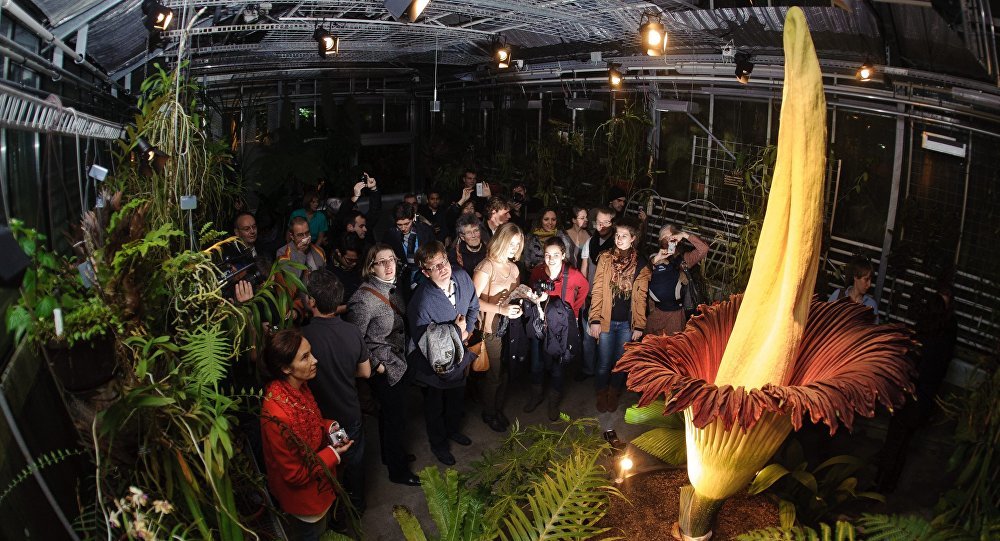OF THE
TIMES
History will have to record that the greatest tragedy of this period of social transition was not the strident clamor of the bad people, but the appalling silence of the good people.
The important thing to understand is that the UFOs are REAL. Whether they're crewed by little gray humanoids or tall white humanoids or "living"...
This article provides a good explanation why the tech magnate Bill Gates jumped into the pharmaceutical industry prior to the world releasing AI:...
So, the plan is still using Ukrainians as artillery fodder.
Excellent article. Thank you.
Canada, I live here. Nice place, lots of space, lots to enjoy, as long as you don't have to deal with "The Man/Government."
To submit an article for publication, see our Submission Guidelines
Reader comments do not necessarily reflect the views of the volunteers, editors, and directors of SOTT.net or the Quantum Future Group.
Some icons on this site were created by: Afterglow, Aha-Soft, AntialiasFactory, artdesigner.lv, Artura, DailyOverview, Everaldo, GraphicsFuel, IconFactory, Iconka, IconShock, Icons-Land, i-love-icons, KDE-look.org, Klukeart, mugenb16, Map Icons Collection, PetshopBoxStudio, VisualPharm, wbeiruti, WebIconset
Powered by PikaJS 🐁 and In·Site
Original content © 2002-2024 by Sott.net/Signs of the Times. See: FAIR USE NOTICE

in the greenhouse at Wisconsin university at River Falls. I was there and saw and photographed it. Small square holes were cut in the base of the flower for viewing! Thank You River Falls!